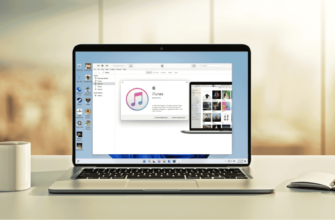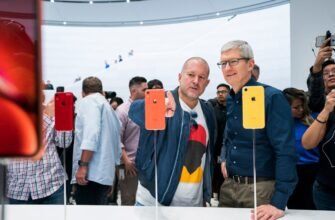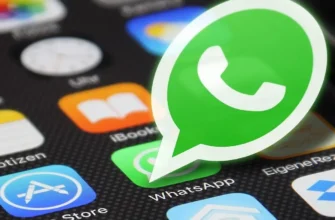In case you didn't know, Qualcomm's Snapdragon 8 Gen 2 and Apple's A16 Bionic are manufactured using the same manufacturing process. They are both products of TSMC's N4 node. With that in mind, it's safe to assume that both chipsets cost the same. And that means they cost the same in price, right?
Not quite so! To get Qualcomm's Snapdragon 8 Gen 2, manufacturers had to spend more than Apple did to produce the A16 Bionic. In other words, Qualcomm has priced its chipset much higher than it is actually worth. And the bad news is that the same will happen with the upcoming Snapdragon 8 Gen 3.
Snapdragon 8 Gen 2 costs manufacturers $160 per unit
Derrick (@lasterd80) conducted a small market research. If you don't know who Derrick is, he's your go-to source for the inside scoop on the tech industry. According to his findings, Qualcomm set the price of Snapdragon 8 Gen 2 significantly higher than the cost of production.
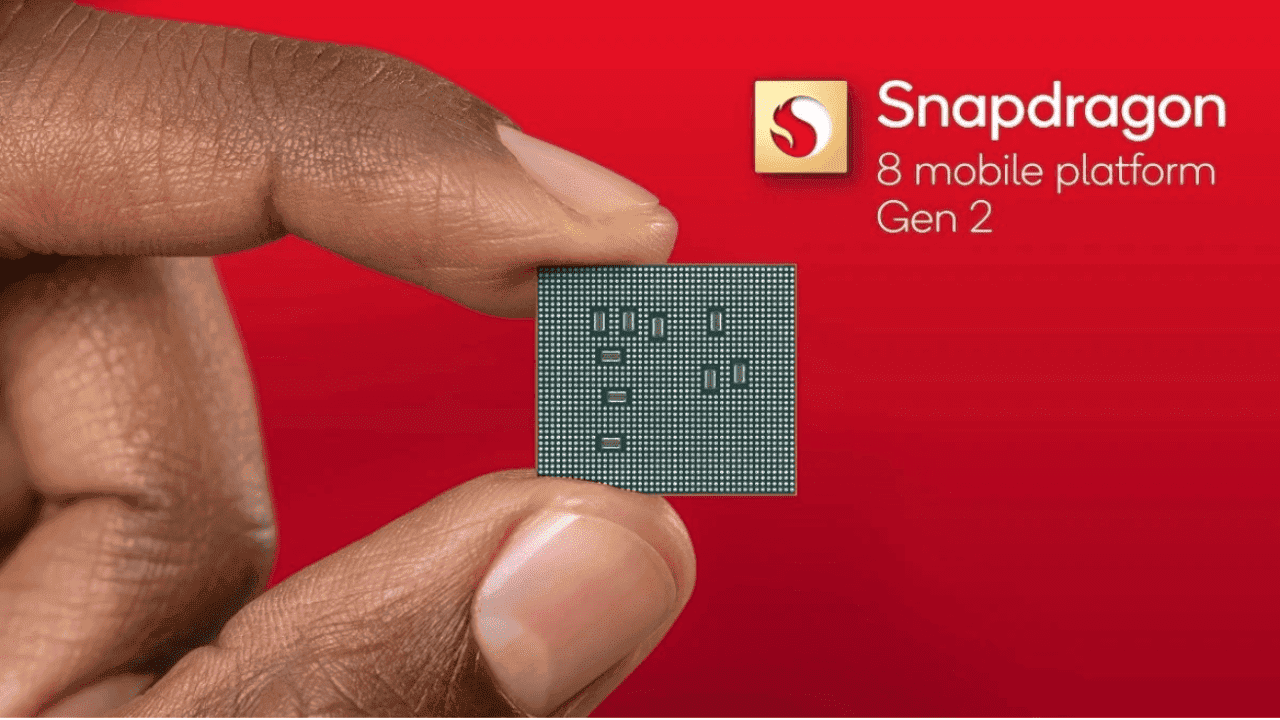
To be precise, manufacturers have to pay $160 for a Snapdragon 8 Gen 2 unit. Now, if you're looking at a fairly affordable phone with this chipset, you'll have to spend somewhere around $700. For example, the Nubia Red Magic 8 Pro has a starting price of $649 (source).
So, to get the Snapdragon 8 Gen 2, Nubia had to spend about 25% of the retail price of the device. And 25% is a considerable percentage for one component. Unsurprisingly, flagship smartphones have seen a jump in price compared to last year. After all, if one major part costs $160, manufacturers can't make a significant margin without raising the MSRP.
How to compare the Apple A16 Bionic
In case you're wondering, the Apple A16 Bionic costs $110 apiece. And the most interesting thing is that compared to the A15 Bionic, Apple had to spend twice as much money to produce the A16 Bionic. Even with the higher manufacturing costs, Apple has kept the chipset prices lower than the Snapdragon 8 Gen 2.
To be precise, it is $50 cheaper. But the performance comparison between Apple A16 and Snapdragon 8 Gen 2 does not justify Qualcomm's increased pricing strategy.
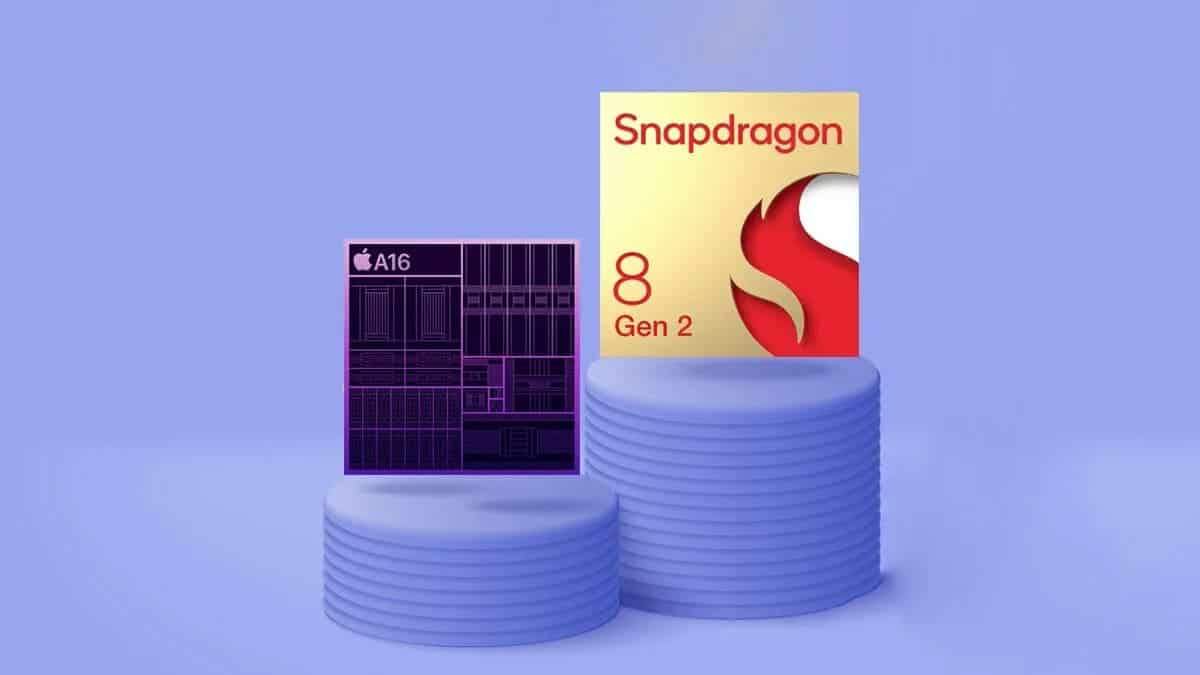
However, it should not be forgotten that Apple manufactures its chipsets for its own devices. That is, Apple does not sell them to other device manufacturers. So, Apple doesn't have to worry about making a profit from its chipsets. Instead, the Cupertino giant profits from the sale of its devices.
On the other hand, Qualcomm needs to monetize its Snapdragon 8 Gen 2. Unlike Apple, Qualcomm doesn't have a commercial line of phones to sell. So, all the money that Qualcomm gets, it gets from selling chipsets. But still, I think forcing manufacturers to pay $160 is pretty cool.
How about the upcoming Snapdragon 8 Gen 3
Looking at the pricing of the Snapdragon 8 Gen 2, Qualcomm will likely follow the same strategy for the Snapdragon 8 Gen 3. In addition, Qualcomm has switched to a more advanced N4P process for the production of the 8 Gen 3. This will inevitably increase the cost of production.
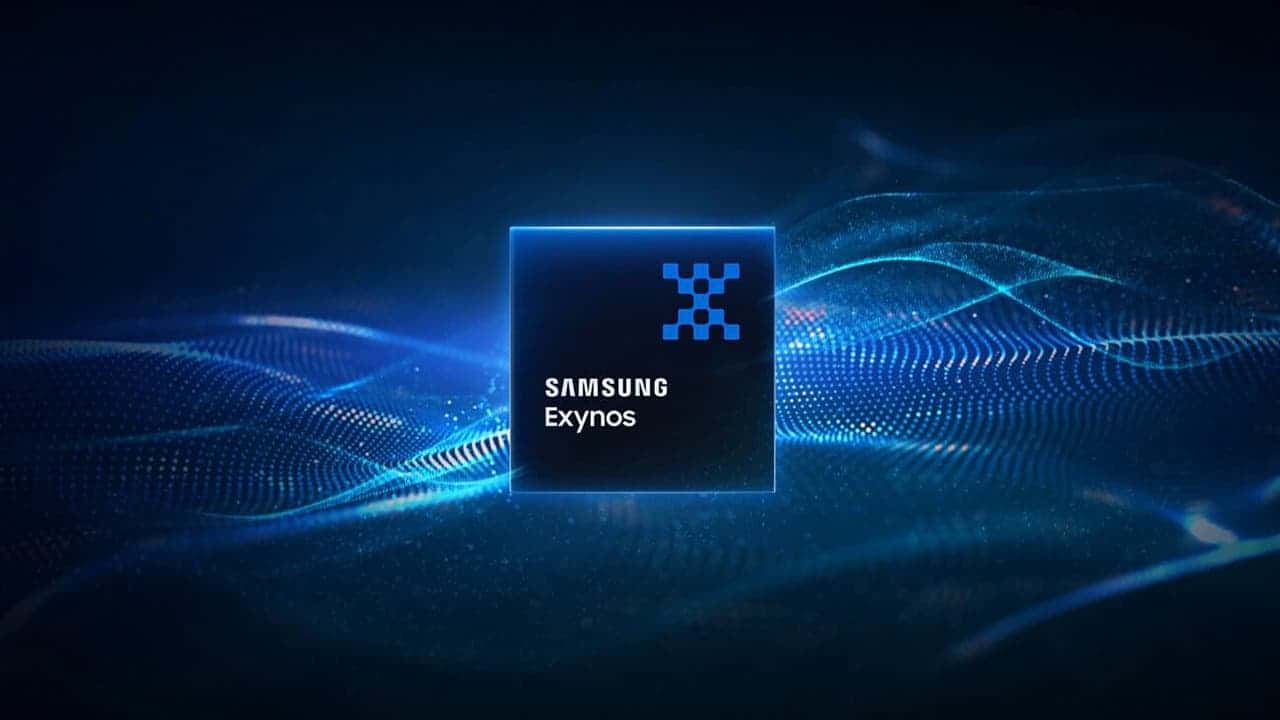
So, the chances of seeing budget flagships in 2023 are extremely low. And after this analysis, it becomes clear why Samsung plans to use Exynos for some Galaxy S24 devices. But given how good Qualcomm's reputation is, I think consumers will still prefer the Snapdragon 8 Gen 3 over the Exynos 2400.
But if Samsung does manage to do this, Qualcomm may finally change its pricing strategy and start selling its chipsets at much more reasonable prices. Also, MediaTek may turn things around with its Dimensity 9300.

